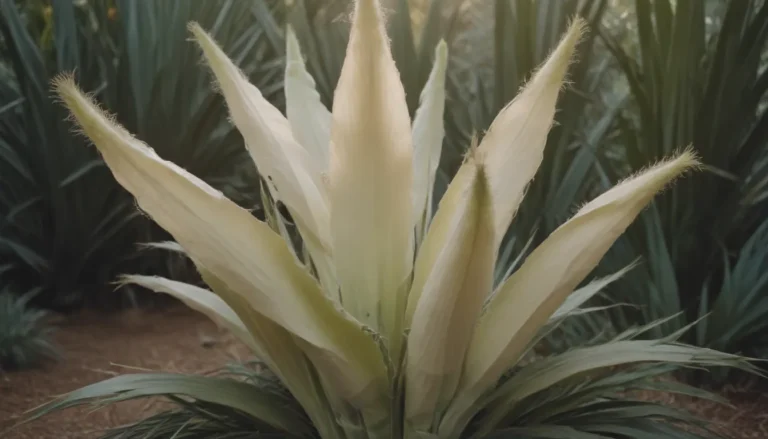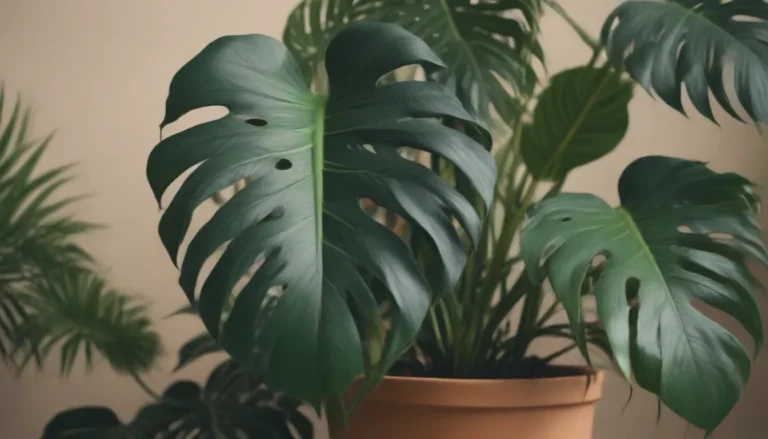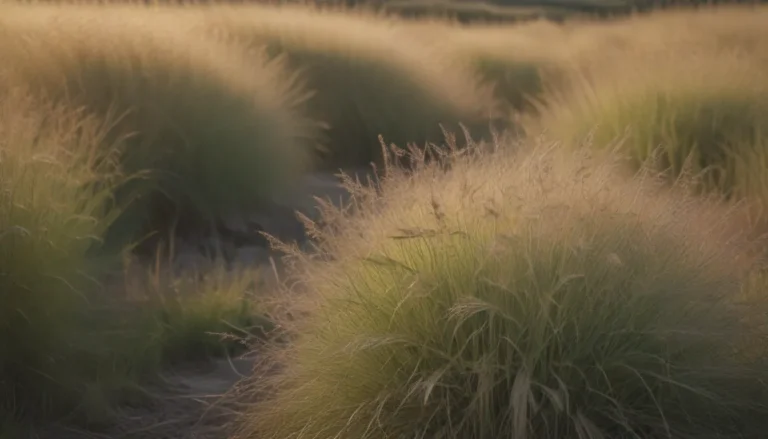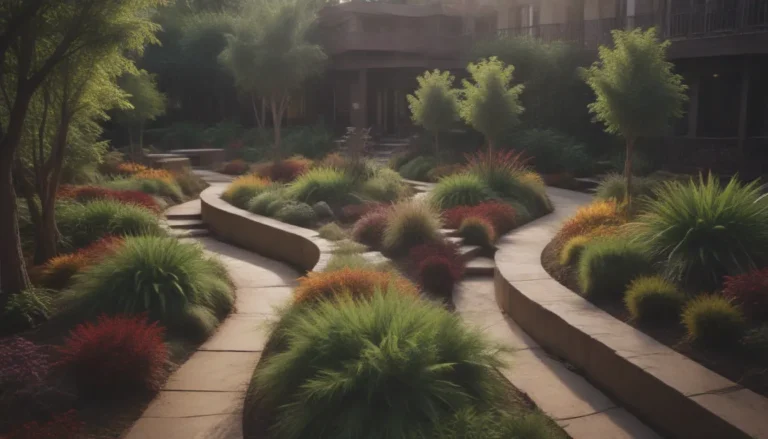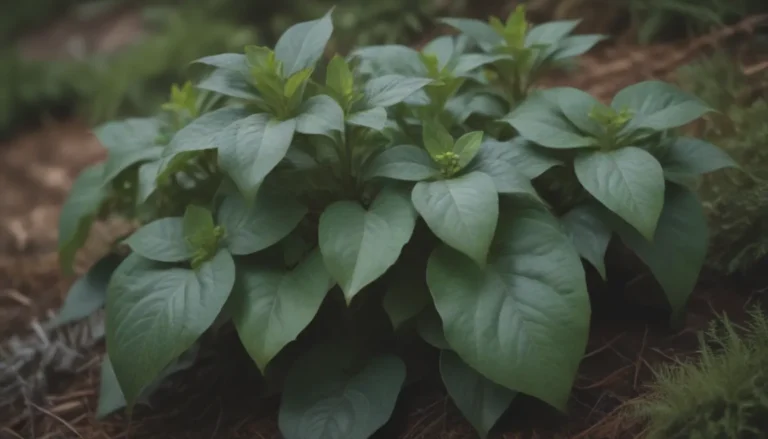The Dangers of Invasive Ground Covers: What You Need to Know

Ground covers can add beauty and functionality to your landscape, but not all ground covers are created equal. Some ground covers have a tendency to spread aggressively, taking over your garden and causing more harm than good. In this article, we will explore the top 5 invasive ground covers to avoid planting in your garden. By understanding the risks associated with these plants, you can make informed choices for a healthy and beautiful garden.
The Pitfalls of Planting Aggressive Ground Covers
When it comes to choosing ground covers for your garden, it’s essential to consider the long-term impact of your decision. While it may be tempting to opt for fast-spreading plants for instant impact, these aggressive ground covers can quickly become a headache to manage. Without proper containment, they can overtake your garden, crowding out other plants and creating a maintenance nightmare.
Here are some key reasons to avoid planting invasive ground covers:
- Aggressive Growth: Invasive ground covers spread quickly and aggressively, forming dense mats that can smother out neighboring plants.
- Difficulty in Control: Once established, invasive ground covers can be challenging to eradicate, requiring time and effort to remove.
- Potential Invasiveness: In some regions, certain ground covers can escape cultivation and become invasive, causing harm to native plant species and ecosystems.
By being aware of these risks, you can make informed decisions when selecting ground covers for your garden.
Top 5 Invasive Ground Covers to Avoid
Let’s take a closer look at five popular ground covers that have a reputation for being invasive and difficult to control:
- Bishop’s Weed/Goutweed
- Description: Variegated Bishop’s Weed is an attractive plant with white umbel flowers, but it’s notorious for its aggressive spreading habits.
- Concerns: Bishop’s Weed forms dense root mats that can overtake garden plants and be challenging to eradicate.
-
Control: Exhaust the plant by cutting it down in the early spring and covering the area with plastic to prevent photosynthesis.
-
Bugleweed
- Description: Bugleweed features pretty purple flowers and ground-hugging rosettes, but its aggressive spreading can harm lawns and garden beds.
- Concerns: Bugleweed can move into the lawn and kill grass, making it unsuitable for certain garden areas.
-
Control: Consider slow-growing varieties like Ajuga “Chocolate Chip” to avoid aggressive spreading.
-
Chameleon Plant
- Description: Chameleon Plant boasts eye-catching red, cream, and green leaves, but its rapid spread through fleshy rhizomes can make it a challenging plant to control.
- Concerns: The thick root mat of Chameleon Plant can be difficult to remove completely, requiring strategic removal techniques.
-
Control: Smother the plant or use targeted removal methods to effectively eradicate Chameleon Plant from your garden.
-
Evening Primrose
- Description: Evening Primrose includes species like Sundrop and Showy Evening Primrose with attractive yellow and pink flowers.
- Concerns: While not as difficult to remove as other ground covers, Evening Primrose can self-sow and spread throughout your garden.
-
Control: Stay vigilant and remove clusters of Evening Primrose to prevent widespread spreading.
-
English Ivy
- Description: English Ivy is a classic ornamental plant used on buildings, but it can become invasive and harmful to trees and vegetation.
- Concerns: Invasive English Ivy can block sunlight, weaken plants, and blanket entire forests if left unchecked.
- Control: Use caution when disposing of English Ivy, as it can survive in compost heaps and spread rapidly.
Making Informed Choices for Your Garden
While these ground covers may have aesthetic appeal, it’s crucial to weigh the risks of planting invasive species in your garden. By researching ground covers before introducing them to your landscape, you can avoid potential headaches and ensure a healthy and balanced garden environment.
In general, when selecting ground covers, consider factors such as growth habits, maintenance requirements, and potential invasiveness. Choose plants that are well-suited to your garden’s conditions and that will complement rather than overpower your existing vegetation.
Remember, not all ground covers are created equal. With careful consideration and informed choices, you can create a vibrant and sustainable garden that thrives for years to come. By avoiding invasive ground covers and selecting suitable alternatives, you can enjoy a beautiful landscape that enhances your outdoor space without causing harm to the environment.

